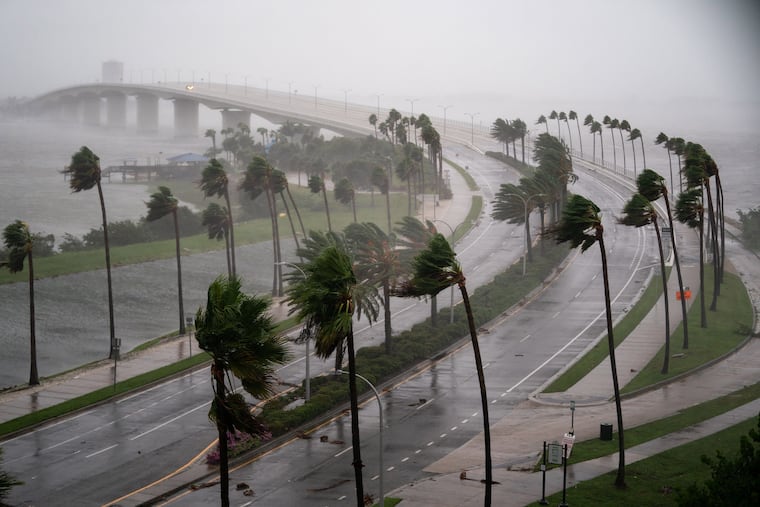Ian swamps southwest Florida, trapping people in homes
Hurricane Ian, one of the most powerful storms ever recorded in the U.S., swamped southwest Florida, flooding streets and buildings, knocking out power to 2 million people and threatening catastrophic damage further inland
